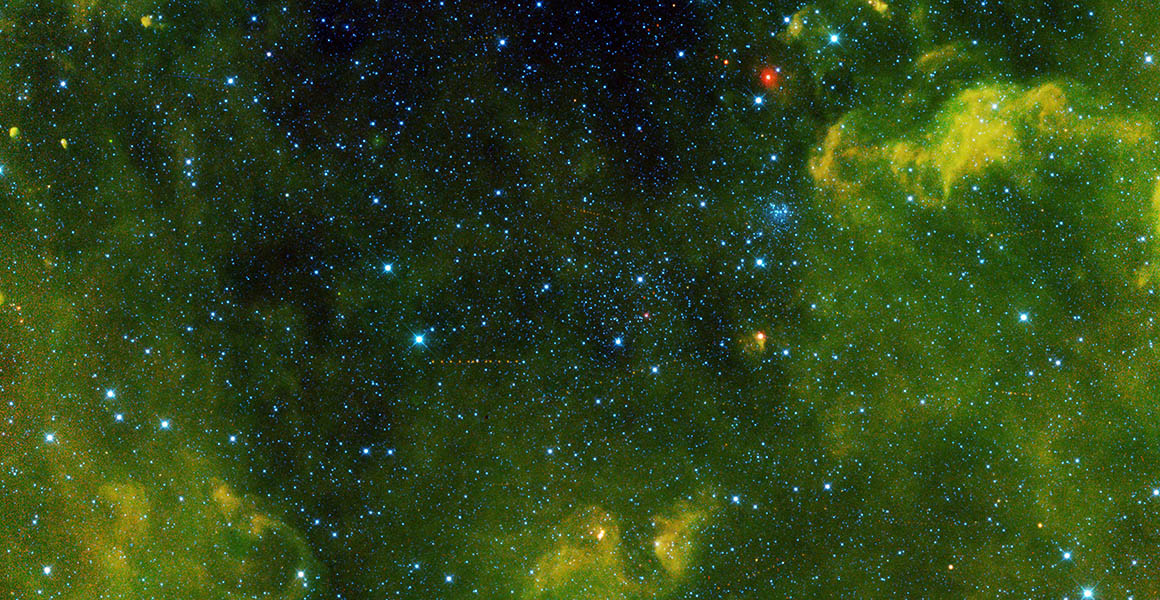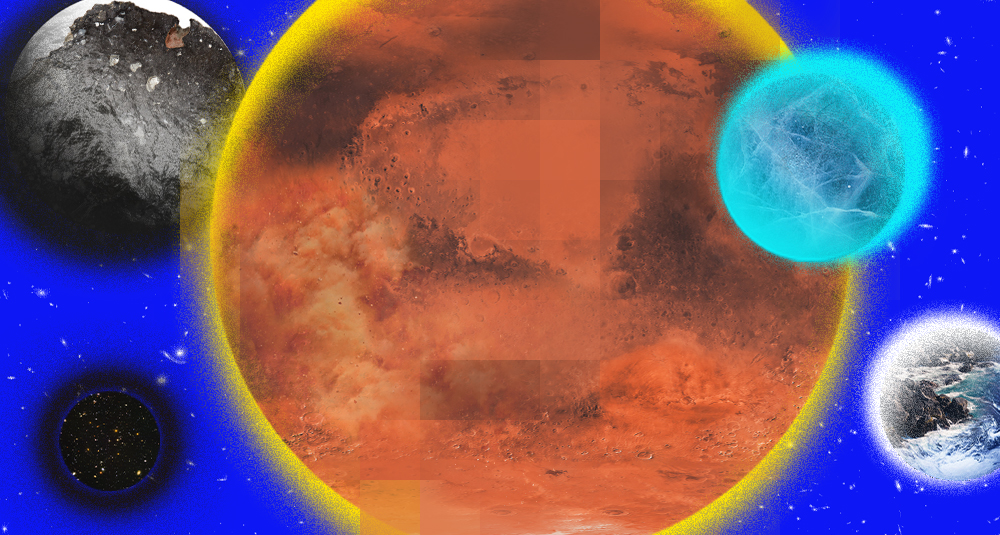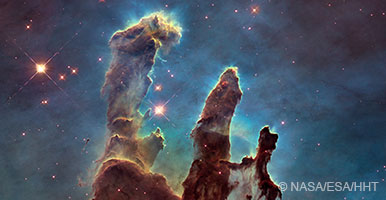Some of the earliest organic materials ever found have been uncovered in meteorites
By Katie Pavid
A meteorite from the birth of the solar system could tell us more about how life flourished on Earth.

More than 100 asteroids were captured in this view from NASA's Wide-field Infrared Survey Explorer. Asteroids that fall to Earth are called meteorites. Image: NASA/JPL-Caltech/UCLAopens in a new window.
By Katie Pavid
A meteorite from the birth of the solar system could tell us more about how life flourished on Earth.
The Maribo meteorite fell in Denmark in 2009. It is a carbonaceous chondrite meteorite, which means it is as old as the solar system itself. These types of meteorites are made up of a complex mixture of dust from the birth of the solar system, organic matter, sulphides and metal.
Scientists have taken a close look at the Maribo meteorite and discovered it contains some of the earliest organic material ever found.
Ashley King and Paul Schofield, planetary scientists at the Museum, analysed the organic particles inside the meteorite, and found that they looked different to those found inside similar meteorites.
They worked with colleagues at the University of Münster and Max Planck Institute in Germany, and the University of York and University of Leeds in the UK. Their findings are published in the journal Scientific Reports.
Ashley says, 'Meteorites like Maribo have been hitting Earth since the very beginning of the solar system. They may have brought the building blocks of life to Earth, so we want to know more about what's inside them.
'One of the biggest questions in planetary science is: why is there life on Earth? How do you make a habitable planet? We know that you need all the right ingredients for life to come together at the right time. To understand more we need to know what those building blocks were. Meteorites help us learn.'

An electron image of one of the organic particles that Ashley examined
Ashley and Paul analysed a tiny slice of the Maribo meteorite, which weighs about 26g in full, at the Diamond Light Source in Oxfordshire. The light source generates intense beams of light, from infra-red to X-rays, which are used for academic and industrial research. The particles that Ashley and colleagues are interested in are 100 times smaller than the width of a human hair, so they needed a particularly strong light to analyse them.
The team found that the meteorite's composition matches that of Jupiter and the Sun, and it is also similar to the composition of interstellar clouds.
When they examined how carbon and nitrogen are bonded together inside the rock, they found that the nitrogen was bonded in a way that hasn't been seen in any other organic materials that have arrived on Earth. The team think the nitrogen is relatively unchanged inside the rock compared to other meteorites, meaning it is probably a particularly pristine sample.
Ashley says, 'This meteorite is taking us all the way back to time zero. It's a link to the starting organic materials in our solar system.
'It will not only help us to understand early Earth, it will also help us learn more about whether there's potential for life on other planets like Mars and Venus. And it will help us to compare our own solar system to others out there too.'

Find out in our latest exhibition! Snap a selfie with a piece of Mars, touch a fragment of the Moon and lay your hands on a meteorite older than our planet.
Open now

Discover more about the natural world beyond Earth's stratosphere.
Don't miss a thing
Receive email updates about our news, science, exhibitions, events, products, services and fundraising activities. We may occasionally include third-party content from our corporate partners and other museums. We will not share your personal details with these third parties. You must be over the age of 13. Privacy notice.
Follow us on social media